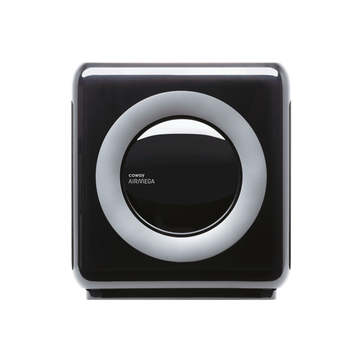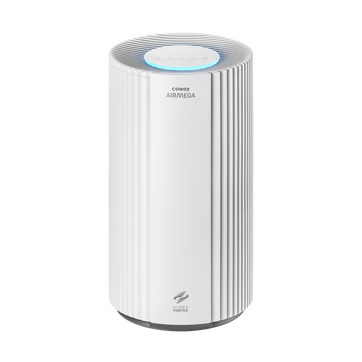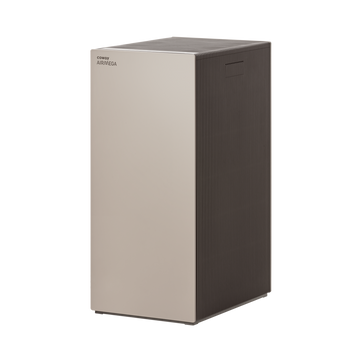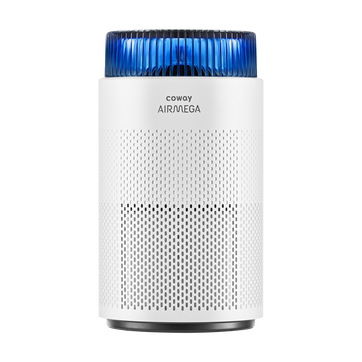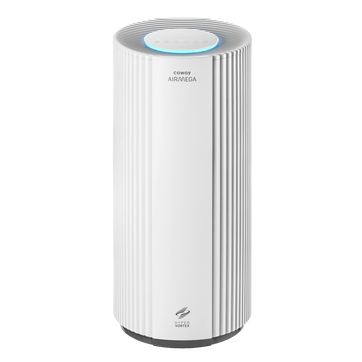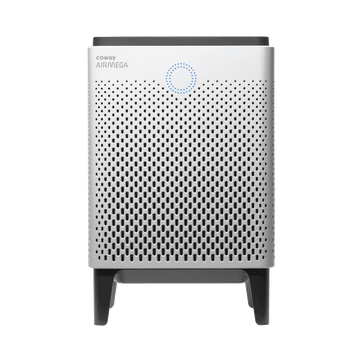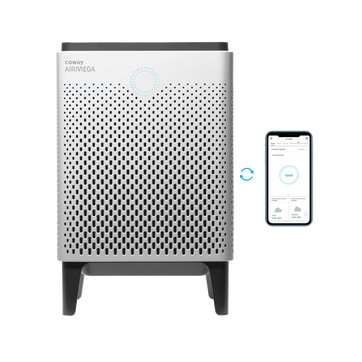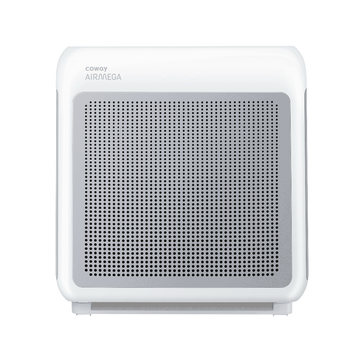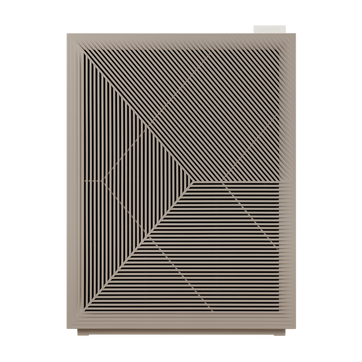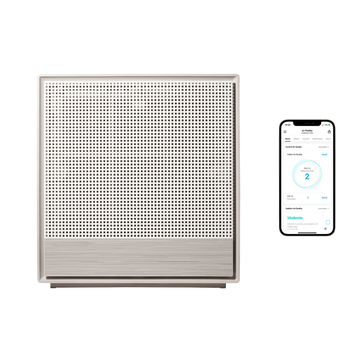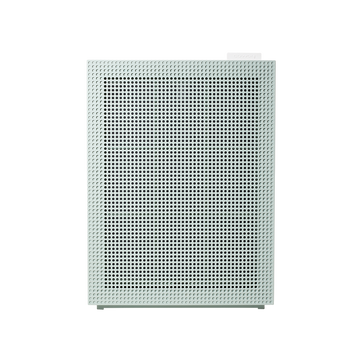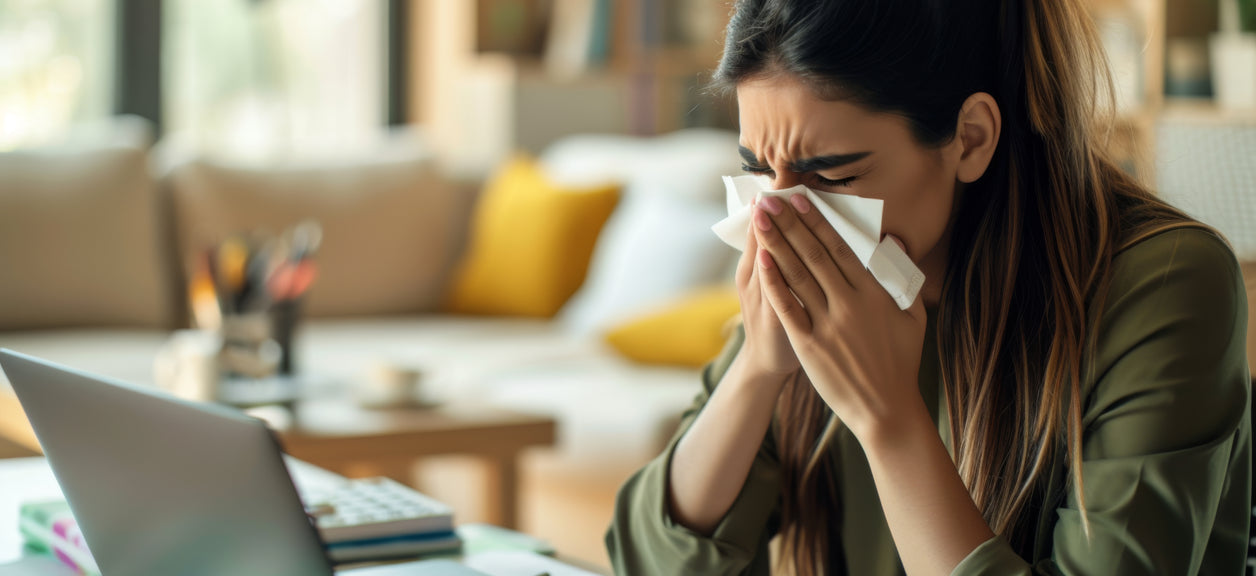
Indoor Air Quality And Spring Allergies: How To Find Relief This Year
Spring unfolds with vibrant landscapes, blooming flowers, and for many individuals, a wave of unwelcome guests: allergens. Pollen, mold spores, and dust mites take hold in the air, triggering a cascade of bothersome symptoms like sneezing, itchy eyes, and runny noses. While retreating indoors entirely might seem like the perfect solution, it's not always feasible. Fortunately, by implementing proactive measures to improve indoor air quality and minimize allergy triggers within our homes, we can still enjoy the beauty of spring without sacrificing our well-being.

Understanding Your Triggers
1. Tree Pollen
Produced by flowering trees, it causes allergy symptoms like sneezing, itchy eyes, and runny nose, especially prevalent in spring and early summer.
2. Grass Pollen
Released by various grasses, it peaks in late spring and summer, causing similar allergy symptoms as tree pollen.
3. Mold Spores
Microscopic reproductive units of fungi, they thrive in damp and humid places, both indoors and outdoors. Inhaling them can trigger respiratory problems like coughing and wheezing.
4. Dust Mites
Microscopic bugs feed on dead skin flakes and live in warm, humid environments, commonly found in bedding and upholstered furniture. Exposure can cause itchy eyes, runny nose, and congestion.

Creating An Allergy-Friendly Indoor Sanctuary
Maintaining good indoor air quality is crucial for allergy sufferers. Here are some effective strategies to create a haven within your home:
1. Change HVAC filters regularly
Replace air filters according to the manufacturer's recommendations, capturing allergens before they circulate throughout your home.
2. Wash bedding weekly
Hot water (at least 130°F/54°C) kills dust mites and removes allergens trapped in bedding.
3. Vacuum frequently
Use a vacuum cleaner with a HEPA filter to capture dust mites, pet dander, and other allergens from carpets, furniture, and upholstery. Consider vacuuming daily during peak allergy season.
4. Invest in an air purifier
Coway's Airmega air purifiers utilize a 99.999% effective Green True HEPA filter to remove airborne allergens, dust, and mold spores, creating a cleaner and healthier breathing environment. These air purifiers can significantly reduce your exposure to indoor allergens, alleviating allergy symptoms.
5. Perform regular cleaning
Regularly clean surfaces with a damp cloth to trap and remove dust and allergens. Pay particular attention to areas that tend to accumulate dust, such as blinds, shelves, and electronic devices.
6. Consider investing in allergen-proof covers
Encasing mattresses, pillows, and box springs with allergen-proof covers can significantly reduce dust mite exposure, offering significant relief.
7. Saline nasal rinses
Regularly using a saline nasal rinse can help flush allergens out of the nasal passages and alleviate symptoms. This simple practice can be particularly helpful during peak allergy season.
Additional Tips For Allergy Relief
While completely avoiding the outdoors during allergy season might seem ideal, it's not always practical. However, you can minimize outdoor exposure during peak pollen hours typically in the early morning and late afternoon. Keeping windows closed during these times can further reduce allergen infiltration into your home.
- Shower after spending time outdoors: This helps remove pollen and other allergens from your hair and skin, minimizing their transfer indoors.
- Dry clothes indoors: Avoid drying clothes outdoors where they can trap pollen and other allergens. Opt for a clothesline or drying rack inside your home.
- Monitor pollen forecasts: Stay informed about local pollen counts and adjust your outdoor activities accordingly. Plan outdoor activities for low pollen count days whenever possible.
If your allergy symptoms are severe or do not improve with these tips, consult your physician for personalized guidance and treatment options. They can help you develop a comprehensive allergy management plan that includes medication and other strategies tailored to your specific needs.
By following these strategies and understanding your triggers, you can experience a more comfortable and allergy-free spring season. Remember, creating an allergen-friendly indoor environment can significantly improve your overall well-being and allow you to enjoy the beauty of spring without suffering the consequences.
Sources:
- AAAAI - Outdoor Allergens
- National Institute of Environmental Health Sciences - Dust Mites and Cockroaches
- Mayo Clinic News Network - Home Remedies: Dealing with dust mite allergies
- Pollen.com - Allergy Prevention Tips
Disclaimers
1Coway air purifiers have been proven to trap dust, pollen, dander, viruses and bacteria in the air based on KCL (Korea Conformity Laboratories) testing.They have been tested in a 30㎥ size chamber according to the Korea Air Cleaning Association standard (SPS-KACA 002-132:2022 Modified) to measure the 0.01㎛ size of particle removal rate. It was tested on maximum airflow speed in normal room temperature and humidity conditions. The performance may vary in the actual living environment of customers.
→ Tested with Airmega Aim, 50, 100, 150, 160, Tower AP-1216L, Mighty AP-1512HH, MightyS AP-1512HHS, 200M, Icon, IconS, 230, 240, 250, 250 Art, 250S, 300, 300S, 350, 400, 400S, 450, ProX
299.97% of viruses, bacteria, fungi and pollen were verified to be removed from the air for Coway air purifiers which have Green True HEPA™ filter applied based on the Japan Food Research Laboratories(JFRL) testing according to JEM 1467 standard.
→ Tested with Coway Airmega Mighty AP-1512HH, MightyS AP-1512HHS, 250, 250 Art, 250S, 300, 300S, 400, 400S
→ All tested by JFRL and received above result within below time.
4The concentration of ammonia, acetaldehyde and acetic acid were proven to be removed within 30 minutes by FCG Research Institute, Inc. Human Life Science Lab. It is not a demonstration result in the actual use space. Not all odors and gases may be supported. → Tested with Coway Airmega 150, 160, Mighty AP-1512HH, MightyS AP-1512HHS, 400, 400S
5The coverage area of the air purifier is based on an area where the air cleaner can make two air changes per hour (ACPH). An air change per hour translates to how many times an air purifier can clean an area, assuming the height of a ceiling to be 8 ft, in one hour. Therefore ** means two air changes per hour means that the cleaner can clean the area once every 30 minutes and * means air changes per hour means that the air purifier can clean the area once every 60 minutes.
10Terms and conditions apply. Discounts, including promotions, coupons, bundle discount and subscription discount, cannot be stacked on top of other coupons. During promotional periods, discount codes will not be able to be applied to orders. Promo codes may apply to products only—filters, accessories, and new products within 3 months of the release date are not included.
11Based on Coway R&D internal laboratory testing, activated carbon filtration was shown to remove up to 95% of ammonia odors within 40 minutes, and up to 99% of fecal odors within 20 minutes. Actual performance may vary depending on usage conditions.

